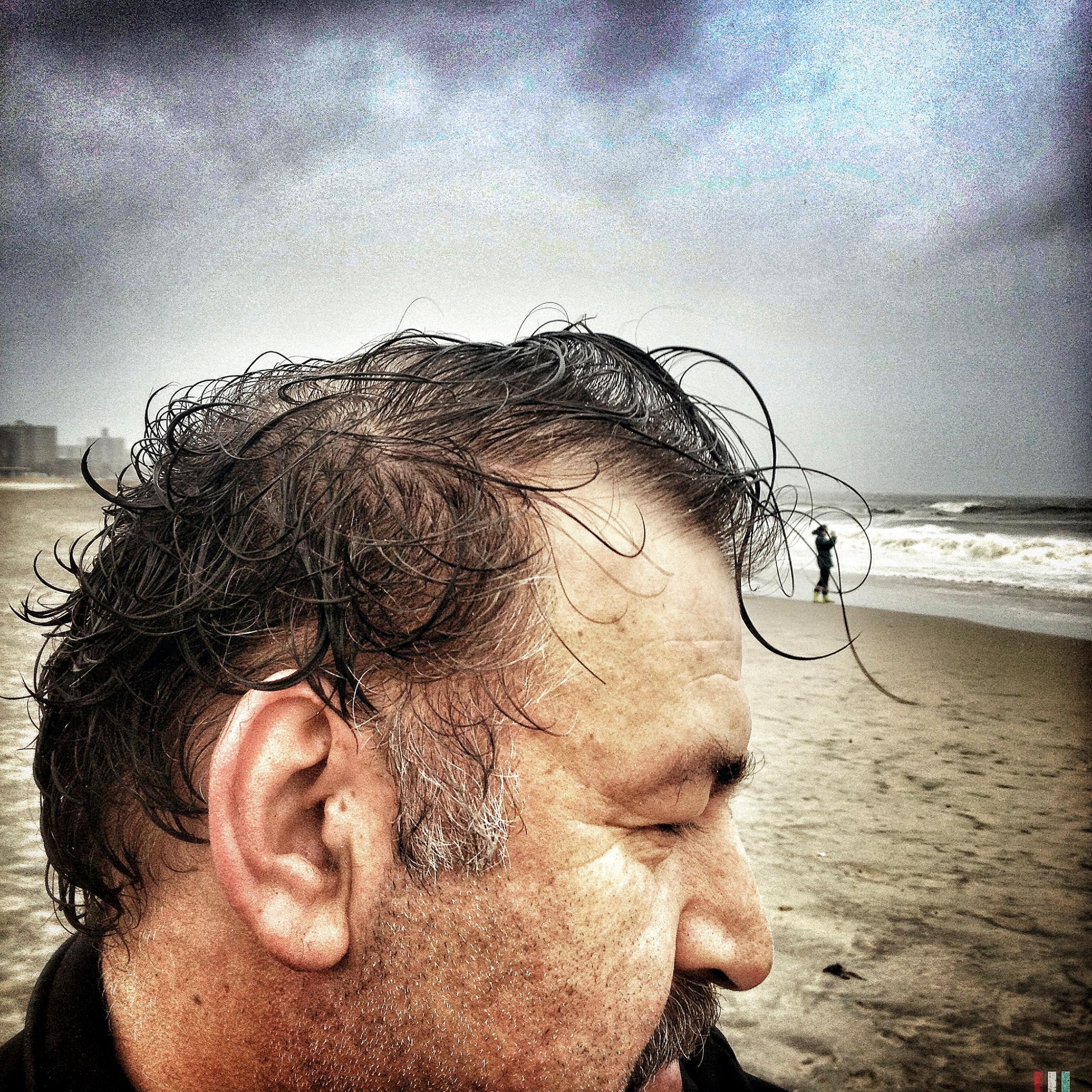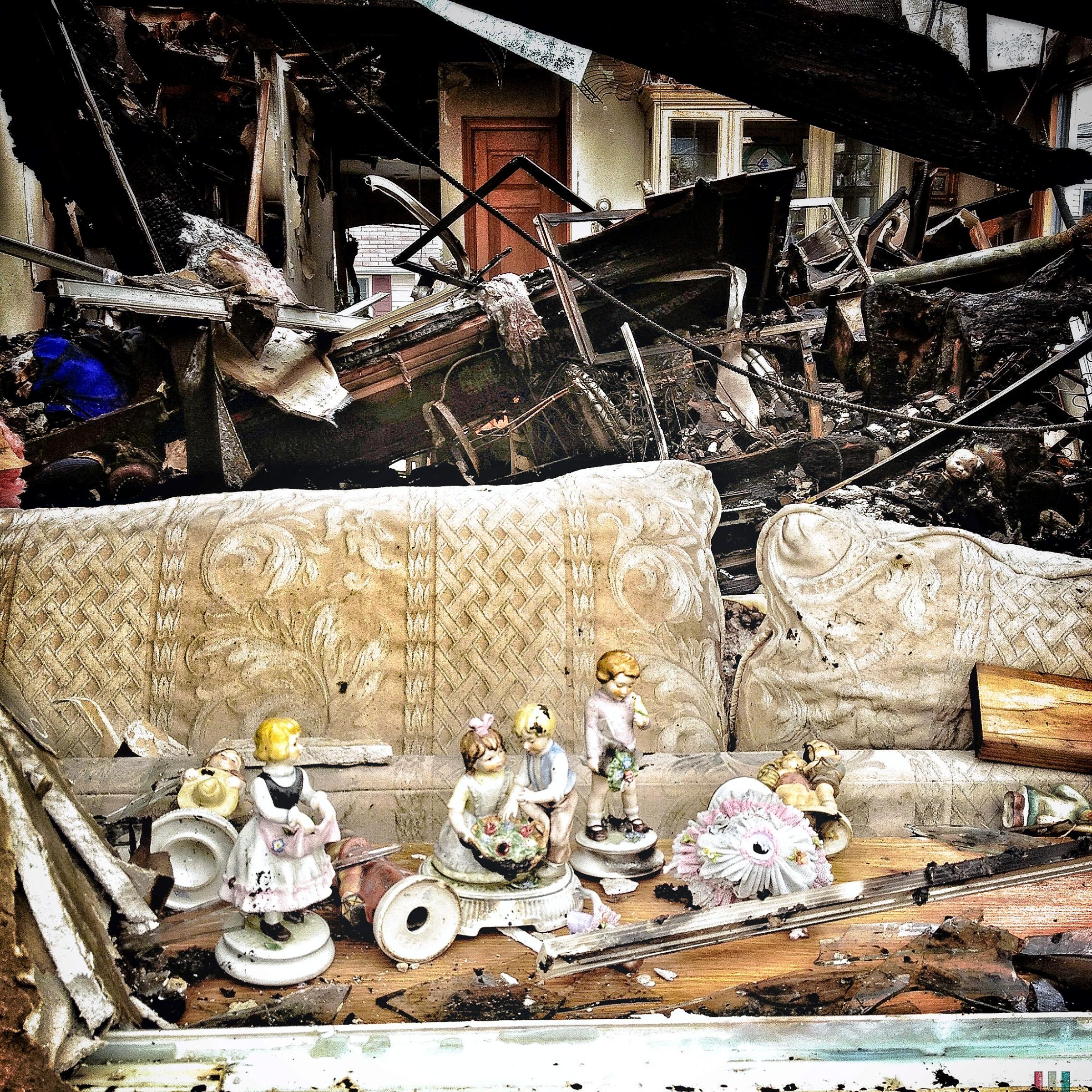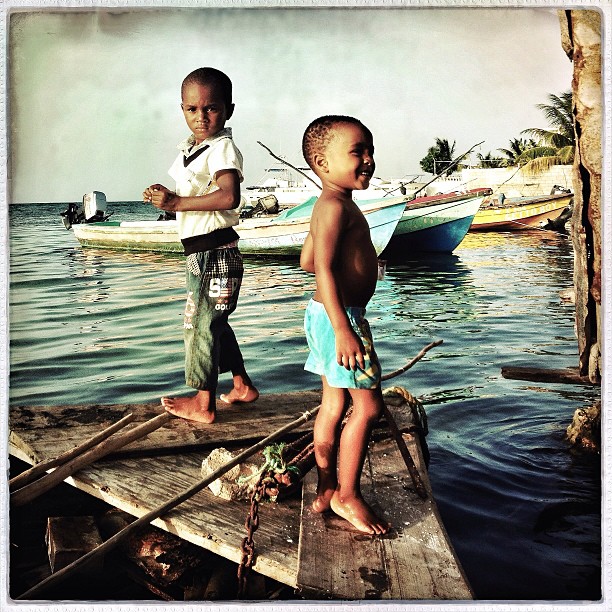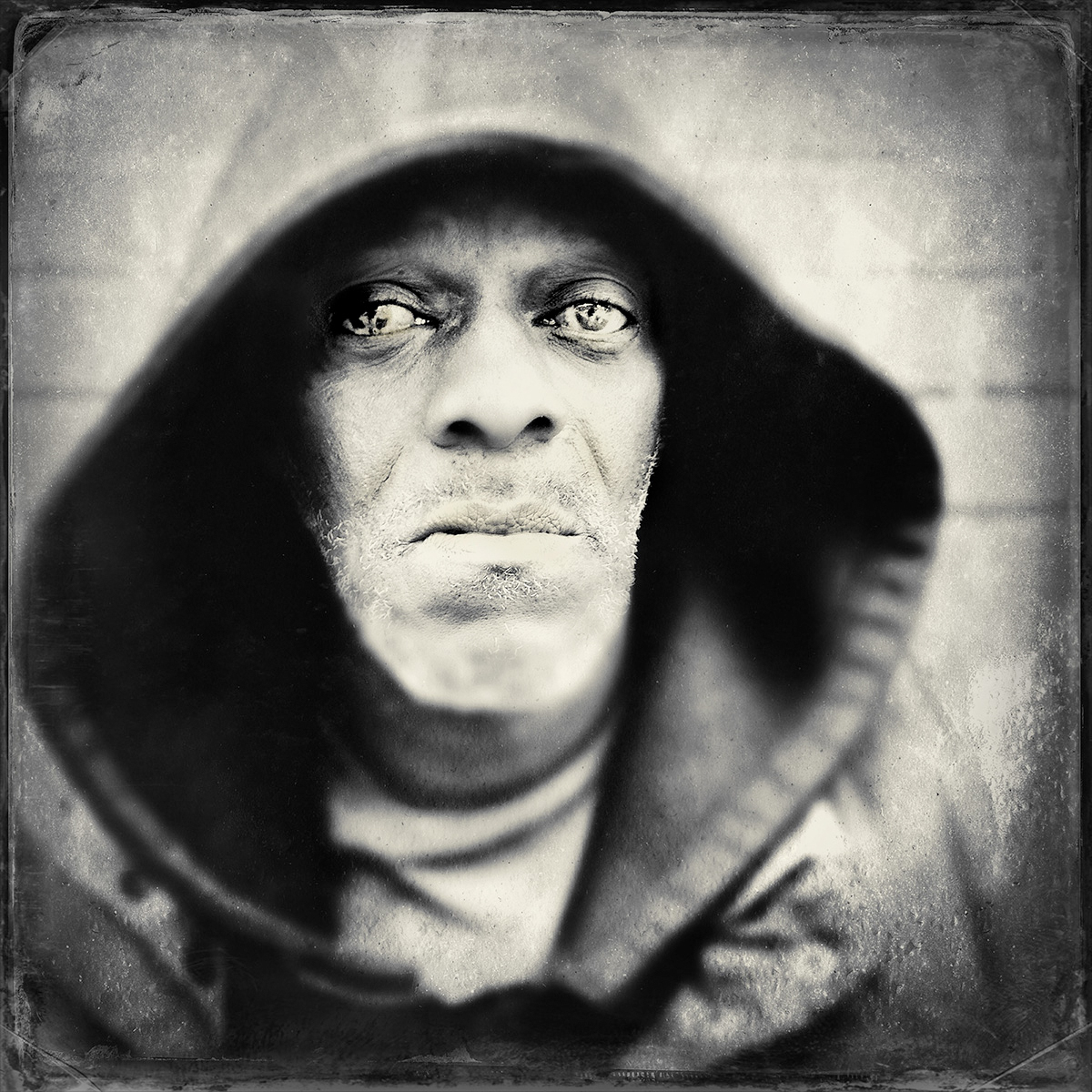
Welcome to this week’s edition of TIME’s LightBox Follow Friday, a series where we feature the work of photographers who are using Instagram in new and engaging ways. Each week we will introduce you to the person behind the feed through his or her pictures and share an interview with the photographer.
This week on #LightBoxFF, TIME spoke with ‘Instagram activist’ Ruddy Roye (@ruddyroye), who punctuates his portraits and street photographs with poetic captions and has an unwavering passion to tell untold stories through a visual platform capable of reaching millions.
LightBox: How are you using Instagram now, and how has it become a part of your professional practice?
Ruddy Roye: Today I use Instagram as a way of keeping sharp and current. It is my way of staying visible and having a voice in a community that pays little attention to stories tailored from the African Diaspora’s perspective. I remember the days when I was knocking on doors and making calls to editors but to no avail, no one seemed interested in my personal projects. I do not really use Instagram as a means of declaration. It is simply the space that has allowed me to share my unique way of seeing. For me Instagram has become my amplifier. With it I am able to freely express my brand of photography without being told by the “gatekeepers” what to photograph.
LightBox: What is the purpose of your feed? What does Instagram provide for you, professionally and creatively, that other platforms don’t?
RR: The purpose of my feed is to express a feeling of invisibility that I have felt for most of my career. I have always felt irrelevant and voiceless. My Instagram feed is my way of talking about the issues that plague not just me but other members of my community. For me it is not so much giving voice to the issues – I don’t believe I am qualified – but rather an attempt to amplify some of the injustices I see in my community of Bedford-Stuyvesant [in Brooklyn, New York], the African American community and the diaspora.
May 27, 2014 “Equality” Is that even possible? Men and Women, Dominant culture and all other minorities? Are we suppose to have rich and poor? Had this conversation last week with some friends, where one Brit of the African persuasion declared that he does not limit himself by using the label “black.” I have been pondering the merits of his argument since. In my history, past, and path, I have
LightBox: Do you use any of Instagram’s filters or toning features?
RR: I use a couple of filters. I think I have always felt that the digital platform was very malleable and allows for some degree of playing with and pushing. I like my colours saturated so I push the colours.
LightBox: Which post inspired the most audience feedback and engagement through likes and comments?
RR: I think the post where I took Gladys Castro to my family’s Thanksgiving Dinner garnered the most comments and interest. I think it was because people could identify with the idea of bringing work home, (I am smiling here) but seriously, a photographer once told me, about 13 years ago, that photography does not change anything. I have been trying to prove that photographer wrong ever since. Photography is a wonderful way of showing, of expressing, of seeing, it’s how we have always been gathering information and learning. Showing and learning goes hand in hand. Doing it just made sense.
Thanksgiving Dinner — “Accept no other definition of your life, accept only your own.” Those were the words written on Gladys Castro’s fortune as we posed for this portrait. She held on to the fortune because I guess the words felt familiar. I met Gladys at Penn Station. She carried two Bed Bath and Beyond bags with her. They carried all her “necessities.” I heard her clearer than any other homeless persons I met that week, maybe because she spoke honestly while looking into my eyes with a smile. “Happiness is a plate of food when you are hungry,” she said.
LightBox: When did you hit your stride with Instagram? Was there a moment where you crossed a threshold, and your perspective on the platform changed?
RR: My mom has always told me to use any microphone put in front of me. And if I am ever lucky to get one, do not say anything stupid because it might be the only opportunity I will ever get to touch someone’s heart. Instagram came to me like that microphone. There was no one project. I started photographing the people I met when dropping off my boys to school. I think as I fell in love with showing these portraits and their stories, folks also fell in love with how familiar the stories were.
LightBox: What other outlets did you have for showing/sharing work before Instagram?
RR: Before my resources or outlets were few and far between. I depended on a few exhibitions, a few magazine jobs here and there, but the one constant was that I photographed almost everyday. Instagram allows me to share my photos so I no longer have to wait for someone to be interested in my personal work. Assignments are assignments but my personal work is not something I sit around hoping to get money for. If someone wants to buy a piece, of course I am willing to sell — but I won’t sit on the work because I am waiting for the monetizing of the platform. I am extremely happy that I can post an image that I feel burning in my veins for others to see and at the same time get a refill from seeing a friend’s post.
LightBox: Do you envision Instagram ever loosing it’s appeal, and if so how would you replace it?
RR: It’s inevitable in this fast moving technology for Instagram to lose its appeal eventually. In fact, the app Flipboard is already charting a course to nibble away at Instagram’s followers. It offers more than just a visual experience. You can browse all kinds of interests, like news, sports, fashion, shopping, all on a small screen. However, I think the people at Instagram keep coming up with innovative ways to keep their followers interested so we shall all see what happens in the future.
Ruddy Roye is a photographer based in Brooklyn, New York
Marie Tobias is an Associate Photo Editor for TIME Magazine
Krystal Grow is a contributor to TIME LightBox. Follow her on Twitter and Instagram @kgreyscale







More Must-Reads from TIME
- L.A. Fires Show Reality of 1.5°C of Warming
- How Canada Fell Out of Love With Trudeau
- Trump Is Treating the Globe Like a Monopoly Board
- Bad Bunny On Heartbreak and New Album
- 10 Boundaries Therapists Want You to Set in the New Year
- The Motivational Trick That Makes You Exercise Harder
- Nicole Kidman Is a Pure Pleasure to Watch in Babygirl
- Column: Jimmy Carter’s Global Legacy Was Moral Clarity
Contact us at letters@time.com